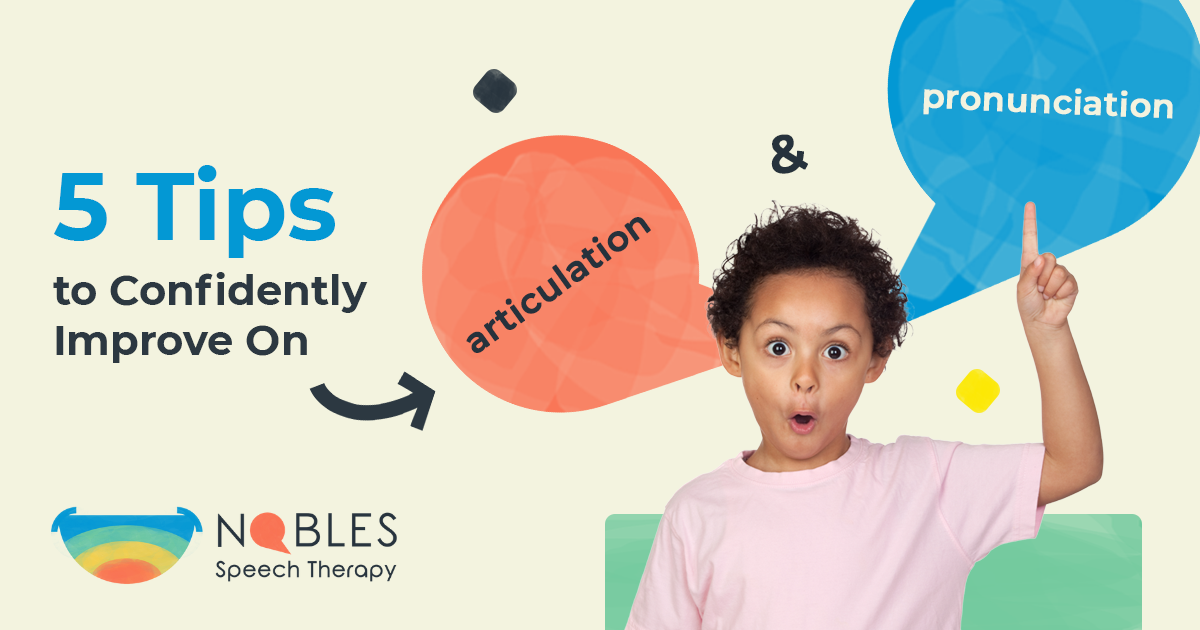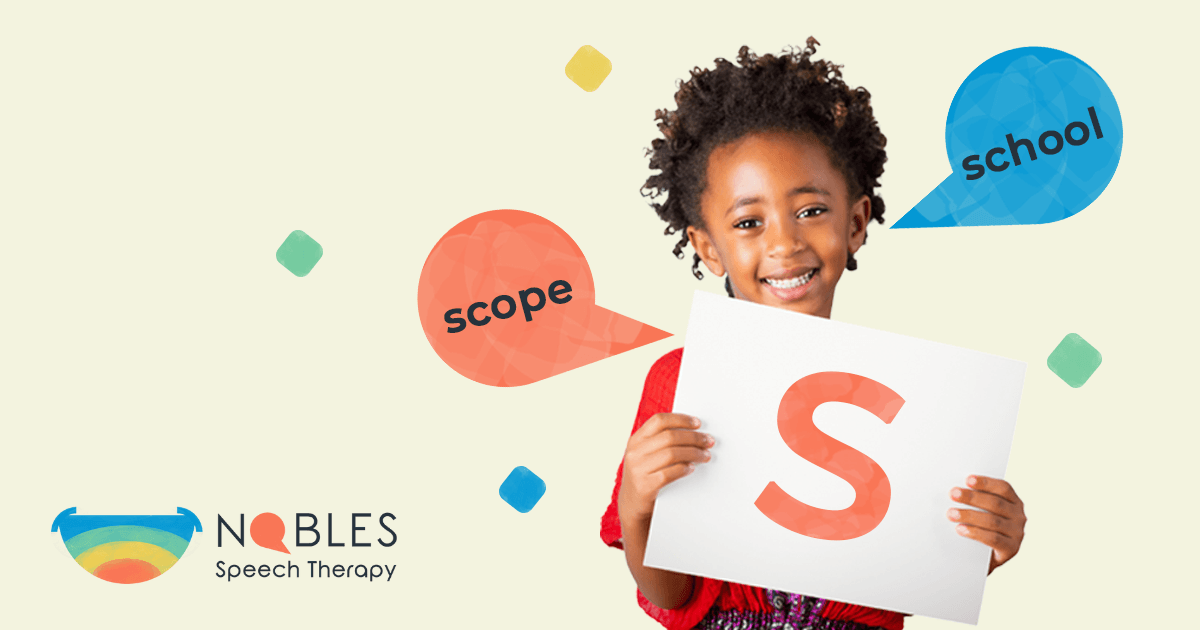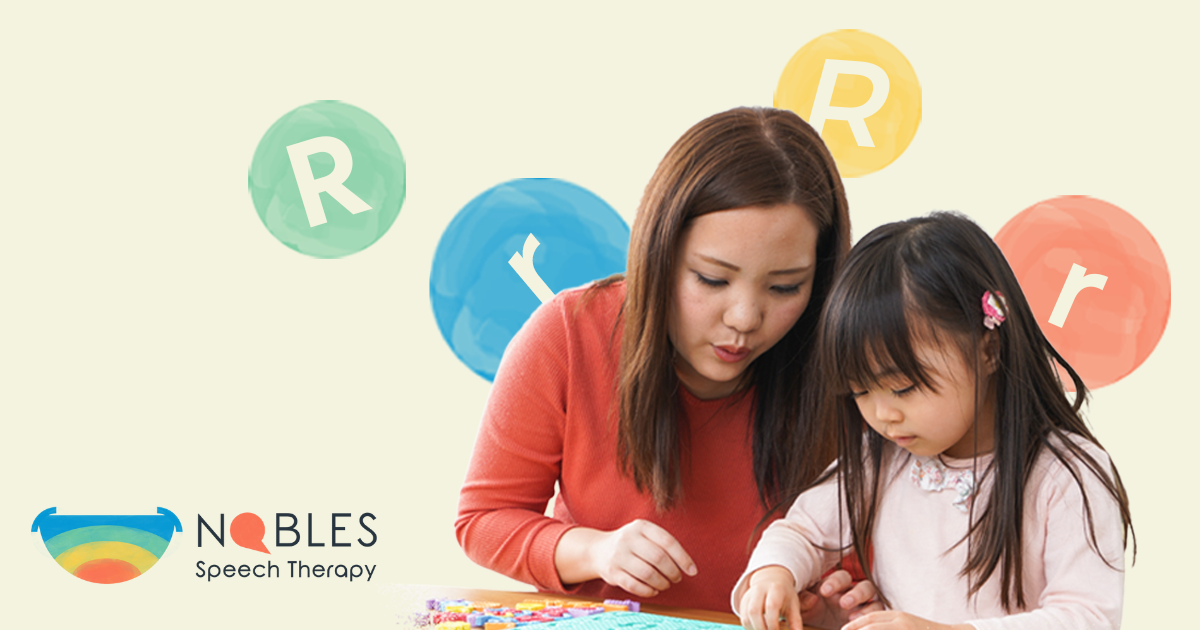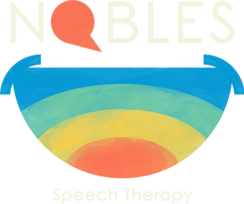This article will provide you with an overview of S sound speech therapy and how it can help your child's language development.
Share this page:

However, this can make your child feel criticized, interfering with their self-esteem. This poses frustration for both you and your child. Luckily, there is a solution: articulation speech therapy. Therapy is more likely to see positive results in helping your child learn how to pronounce S sounds,. This guide will provide you with an overview of S sound speech therapy and how it can help children improve their language development
without breaking their confidence.
What is an Articulation Disorder?
An articulation disorder is related to the improper pronunciation of sounds and words. Considered “atypical production of speech sounds,” it is difficult for your child to express themselves, as people can’t understand what they are saying. When sounds come out wrong, your child can experience frustration because they are unable to communicate effectively. In the case of S sounds, your child has a lisp or sigmatism.
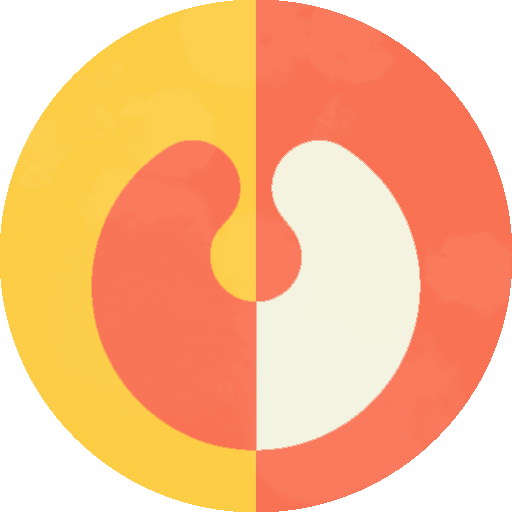
What is Sigmatism?
When a child pronounces their S’s as th, it is referred to as a lisp or sigmatism. The S sound is challenging because S’s are “unvoiced.” This means the vocal cords are not involved, and instead, it is a sound created by air traveling from the mouth through the teeth. Positioning can be harder to master because first, the tip of the tongue has to be placed just behind the front teeth and almost, but not quite touching, the roof of the mouth. At the same time, there has to be space for air to travel down the middle of the tongue with the sides resting against the side of the teeth. The teeth are also involved, as they need to be together to make the SSSSS sound.
What is Articulation Speech Therapy for Kids?
A speech-language pathologist (SLP) performs articulation speech therapy. SLPs are highly trained professionals who understand how to assess and provide treatment for your child’s speech issues. They use various methods to improve your child’s communication ability, using techniques targeting their specific challenges. S words speech therapy is specific to the proper pronunciation of the S sound. Speech-language pathologists use special exercises to teach your child how to move different parts of the mouth so their tongue and lips are properly positioned to produce sounds correctly.
What Therapy is Required for My Child?
There is no one-size-fits-all solution to speech disorders, and your SLP will first assess your child to determine what method will work for them. A few different therapies are often explored until your SLP learns what techniques your child responds to best. Games and activities make treatment fun, so your child looks forward to their sessions.
Why is S Sound Speech Therapy Important?
When your child has difficulty with pronunciation, it interferes with their confidence and ability to communicate clearly. As they enter their school years, improper speech can impact their social well-being. As a parent, it is natural to try to help your child correct them and show them how to pronounce words correctly. However, children might perceive this as criticism, no matter how well-intended.
As a result, they don’t respond well. An SLP provides a specific treatment using methods suited for your child’s needs. In many cases, the techniques and therapies change to best meet your child’s development rate to overcome their language challenges. Many methods include games and activities, so your child has fun. Their confidence isn’t impacted because they learn in a safe environment where they can progress at their own pace. Whether it is S sound speech therapy, R sound speech therapy, or a combination to address multiple pronunciation issues, improving a child's communication skills will boost their confidence and facilitate a sense of social well-being.
When Does My Child Need Speech Articulation Therapy?
Children typically master certain sounds based on their age. You might not even realize your child struggles with their speech because you become accustomed to their pronunciation. It is also common to assume your child’s speech will improve as they get older. However, if you notice your child pronounces S words with a “th” sound, they have not yet mastered their S’s. You can use these guidelines to see if your child’s speech is developing as expected:
- Toddler to age 3: p, b, m, w, h, t, d, k, g
- Age 4: ng, f
- Age 5: v, j, ch, sh, dj, l, s
- Age 6: z, r, r-blends, s-blends, l-blends
- Age 7: th
If your child has not met these milestones, a speech therapist can assess their language development to determine if treatment is recommended.
How to Teach S Sound Speech Therapy
There are two ways you can help your child learn how to pronounce the S sound:
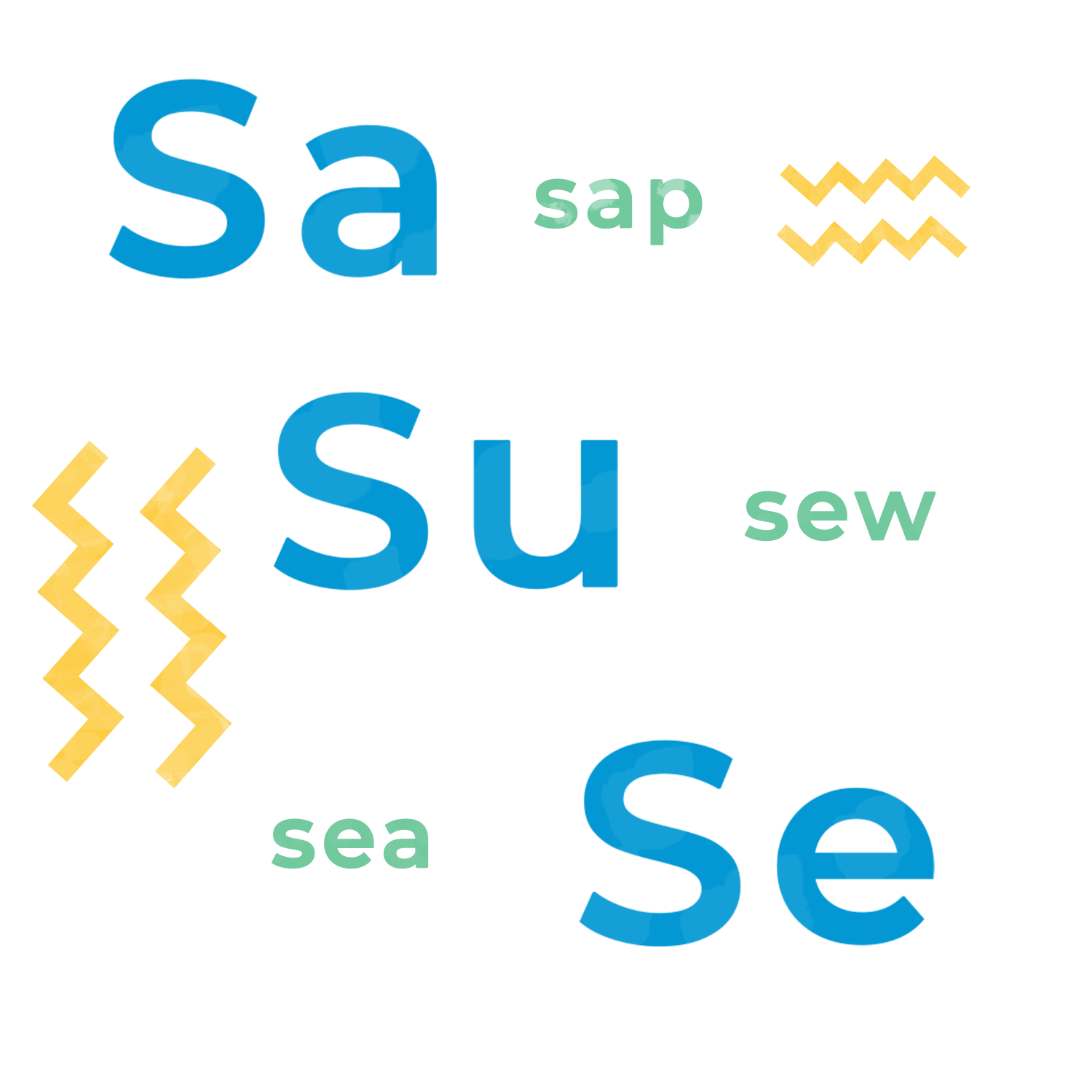
1. Verbal Cues
Verbal cues help your child learn how an S should sound. You can sit with them and continue to pronounce the S sound slowly and clearly. Don’t draw it out too long, but instead repeat the sound in short little bursts: S, S, S to help them get a feel for the sound. Next, form simple syllables such as sa, su, se and have them try to repeat the sounds with you. You can then introduce single-syllable words such as sew, sea, sap, sit, etc. As they become more comfortable with the sound, you can move up to sentences.

2. Visual Cues
You can include visual cues with your exercises, showing your child what you do with your mouth. Although the tongue is hidden behind your teeth, you can put your fingers at the corners of your mouth, expose your teeth clearly, and have your child do the same. Your child might have fun watching themselves doing this in the mirror while making S sounds.
S Sound Activities Speech Therapy
Activities make practicing the S sound more fun. Games are an excellent way for a child to both say and hear the letter S. A straightforward approach is to think of ways to use S words as a game. For example, snake. Sit together and hiss, making hand movements mimicking the slithering of a snake. You can slither around the room together, making the hissing sound so they get a feel for the air against their teeth. Keep the game creative, such as finding things in the room that start with s to hiss at, or foods a snake might eat that start with s, or saying fun snake rhymes or descriptions such as slithery snake, slimy snake, silly snake, etc.
See who can come up with the silliest ideas, such as snake salad or snake soup. You can also play eye spy, focusing on either the word spy or see, or only spying things that start with S. This is an excellent game in the car to pass the time. When playing cards, have your child shout out Seven or Six when they spot the cards. Use the word face to make funny faces together or paint or draw faces. Get creative and come up with your own S-word games.
S Sound Speech Therapy Words
When we pronounce words, they contain an initial, medial and final sound. The sounds can be created by consonants, vowels, or digraphs like sh. The initial sound is the first sound we hear in a word like the S in snake. The medial sound is in the middle of the word, such as the S in western. And of course, the final sound is the last sound, such as the S in grass. Practicing variations of where the S appears is very helpful in learning proper pronunciation. Don’t always focus on words that start with S, but words with S throughout. This helps them become accustomed to using S in conversation.
How Articulation Speech Therapy Works
Before your child begins S sound speech therapy, you will have a brief call to discuss your concerns. Your therapist will discuss details about your child's communications skills, developmental milestones, and other assessment areas. An assessment evaluates your child using industry-standard speech and language development benchmarks. They provide a treatment plan specific to your child’s needs. Treatment is designed to be fun, in a safe environment where your child feels comfortable. Sessions are 30 minutes with their SLP.
Following each session, your child’s SLP will provide updates on their progress. A big part of therapy is practice, and your child will be sent home with supplemental materials for reinforcement. As your child progresses, you will see their confidence levels rise while their frustration levels decrease. Their treatment plan will be adjusted to meet their progress, so they continue to develop their communication and speech skills.
Learn more about how articulation therapy can help your child pronounce difficult words with S and other challenging phonemes.



